Chapter 2
Marketing Strategies and Planning
By Boundless
Competitive advantage is gained when a firm acquires attributes that allow it to perform at a higher level than others in the same industry.
Obtaining customer feedback to ensure customer satisfaction and loyalty is essential to any marketing plan or strategic planning process.

A strategic business unit is a semi-autonomous corporate unit that focuses on a product offering and market segment.

One of the main goals of marketing planning and strategy is to produce multiple sources of competitive advantage in the marketplace.
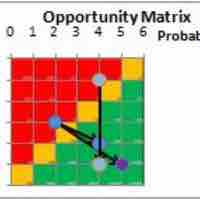
The Ansoff Opportunity Matrix describes a company's possible growth opportunities with current as well as new markets and products.

The purpose of the BCG Matrix is to determine investment priorities for a company with a portfolio of products/BUs.
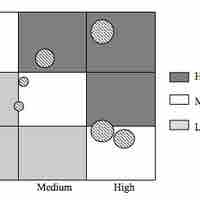
The GE / McKinsey matrix is a model used to assess the strength of a strategic business unit (SBU) of a corporation.

A marketing plan details actions necessary to achieve one or more specified objectives essential to selling a product or service.

A marketing plan has a strong impact on the internal operations of an organization.
A marketing plan's elements may vary based on the organization and its industry, but readers still expect to see certain common elements.
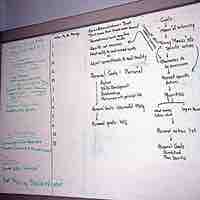
A formal marketing plan provides a clear reference point for activities throughout the planning period.

An organizational vision should be made up of two fundamental components: a core ideology and an envisioned future.

When defining a mission statement, remember that a mission statement answers the question, "Why do we exist? ".

Managers can use various methods of analysis to understand the firm's own capabilities, customers, and business environment.
The marketing objectives must be based on the company's financial objectives.
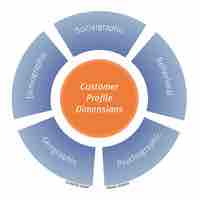
There are five steps you can follow to define your target market and become positioned to reach your potential customers.
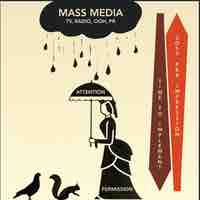
By profiling customers and determining goals and tactics, you can create a marketing mix that will help you succeed in building a strong customer base.
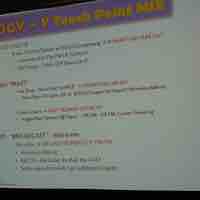
To ensure that the marketing programs reach the objectives, marketers must focus on how to best implement the chosen strategy.
